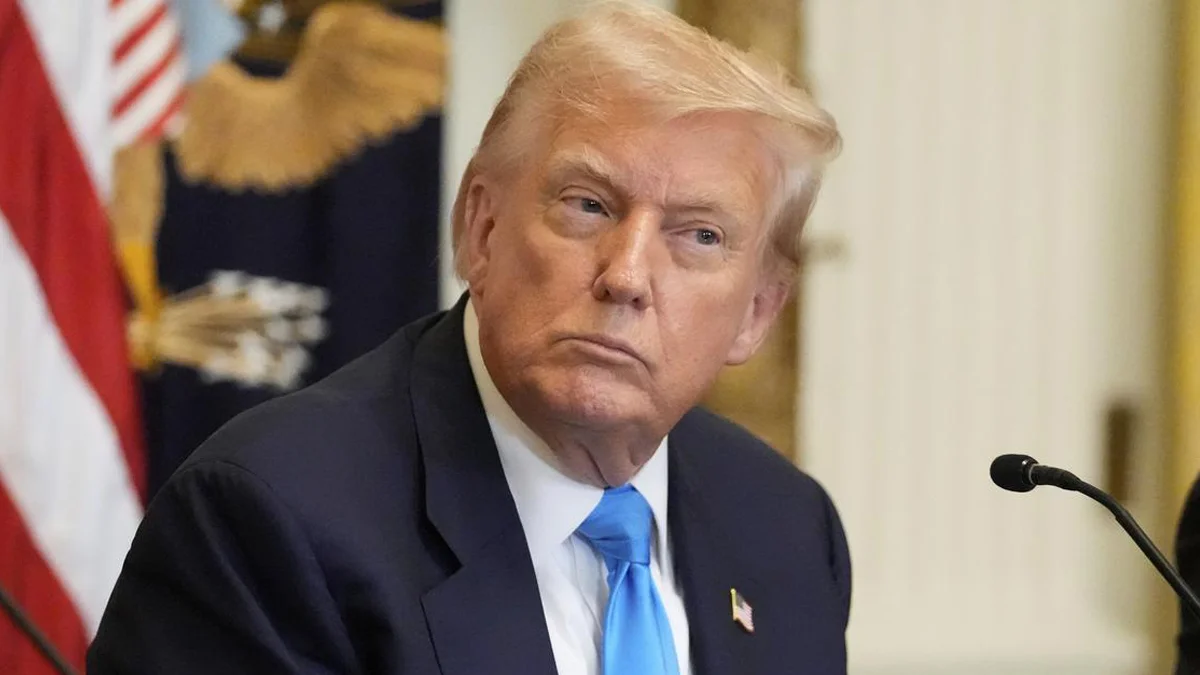Necessary Always Active
Necessary cookies are required to enable the basic features of this site, such as providing secure log-in or adjusting your consent preferences. These cookies do not store any personally identifiable data.
|
||||||
|
||||||
|
||||||
|

US President Donald Trump has announced that the US trade deal with South Korea will have a 15% tariff on Korean goods instead of 25%, as reported by Reuters. South Korea has also agreed to invest $350 billion into projects in the U.S. as they are selected by Trump. In addition to that, they are going to purchase American energy products worth 100 billion dollars.
The new US-South Korea Tariff Deal could hav South Korea is one of the largest exporters of electronics e a wide impact on the global economy, semiconductors, and automobiles to the United States. A 15% tariff on Korean goods would make those imports more expensive, which could raise prices for American consumers and manufacturers who rely on those products. Trump wrote on Truth Social, “I am pleased to announce that the United States of America has agreed to a Full and Complete Trade Deal with the Republic of Korea.”
The Korean government has expressed concern over the proposed tariff, warning that it could harm economic relations between the two countries. Some experts believe it might trigger retaliatory actions, leading to further complications in the global trade network.
The negotiations were one of the first tests for South Korean President Lee Jae Myung, who took office in June after a surprise election. He described the accord as eliminating uncertainty and making sure that U.S. tariffs on South Korea would be on par with or lower than those imposed on other key trading partners.
Lee said in a Facebook post, “We have crossed a big hurdle. While the headline figure looks like a huge win for the U.S., details appear to be favorable for South Korea.”
One major area under scrutiny is Samsung’s supply chain outlook. Samsung is a key global supplier of chips, displays, and consumer electronics. A tariff of this scale could push the Korean company to reconsider its manufacturing and shipping strategies.
Analysts suggest that Samsung might look to shift more of its assembly or component production to locations outside South Korea to bypass the increased import costs. This would be a complex move, affecting partners, logistics, and delivery timelines.
For the US, this shift could also mean delays or reduced availability of Samsung products, from smartphones to televisions and advanced semiconductors. Smaller tech companies that rely on Samsung components might also feel the pinch.
The potential tariff also raises questions about the Samsung-Tesla Deal, which involves Samsung supplying chips for Tesla’s electric vehicles. If the 15% tariff on Korean goods is applied broadly, it could increase the cost of these components, affecting Tesla’s pricing and supply chain.
Tesla may be forced to renegotiate terms or look for alternative suppliers, which could slow down production or impact margins. On the flip side, Samsung could try to ship the components from other regions like Vietnam or the US itself, if feasible, to avoid the tariff. The proposed US trade deal changes mark a significant shift in trade strategy, and industries on both sides of the Pacific are watching closely.